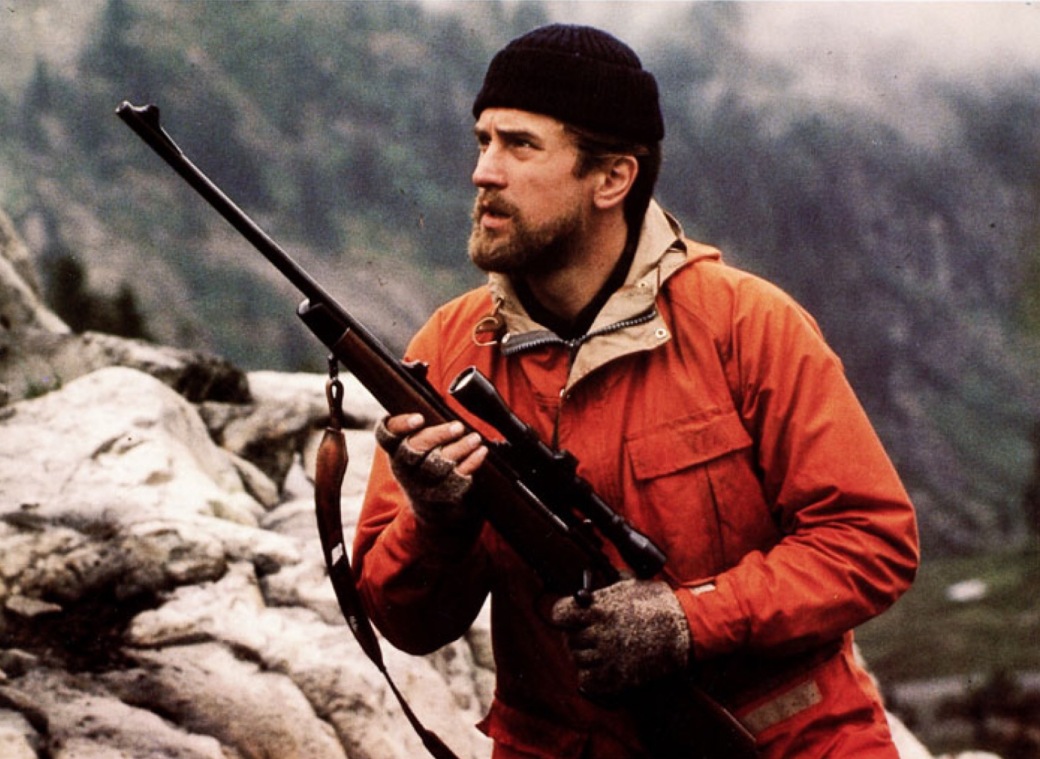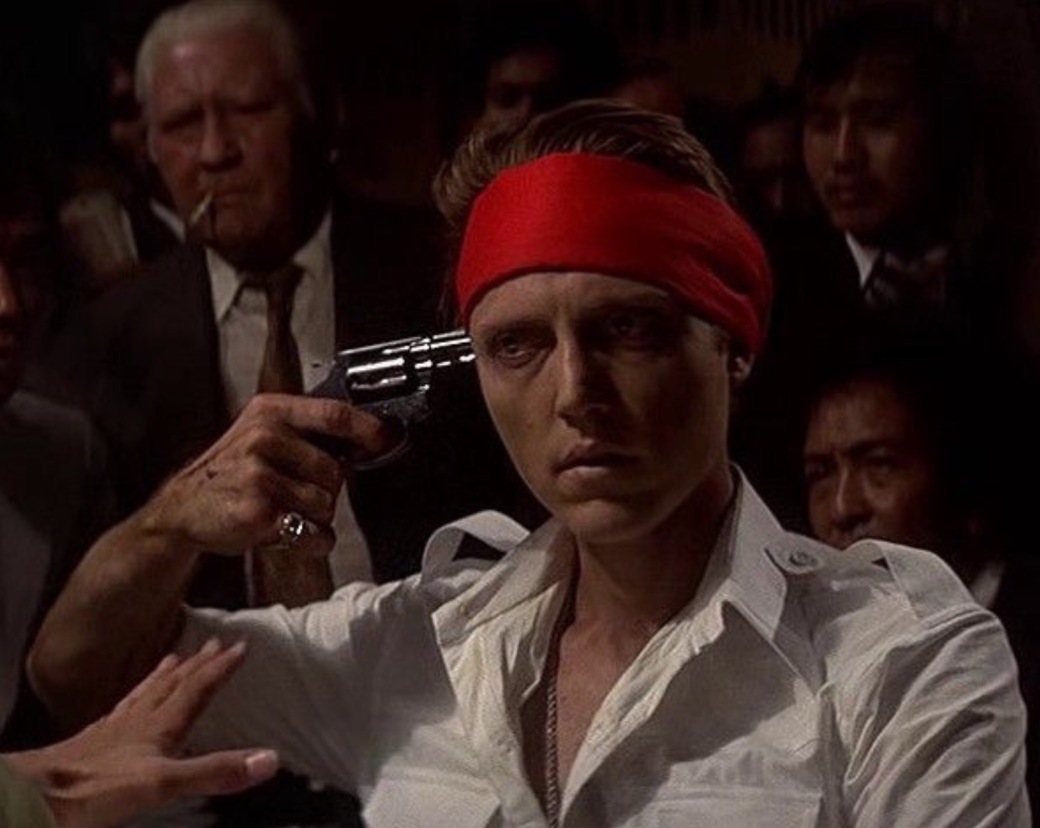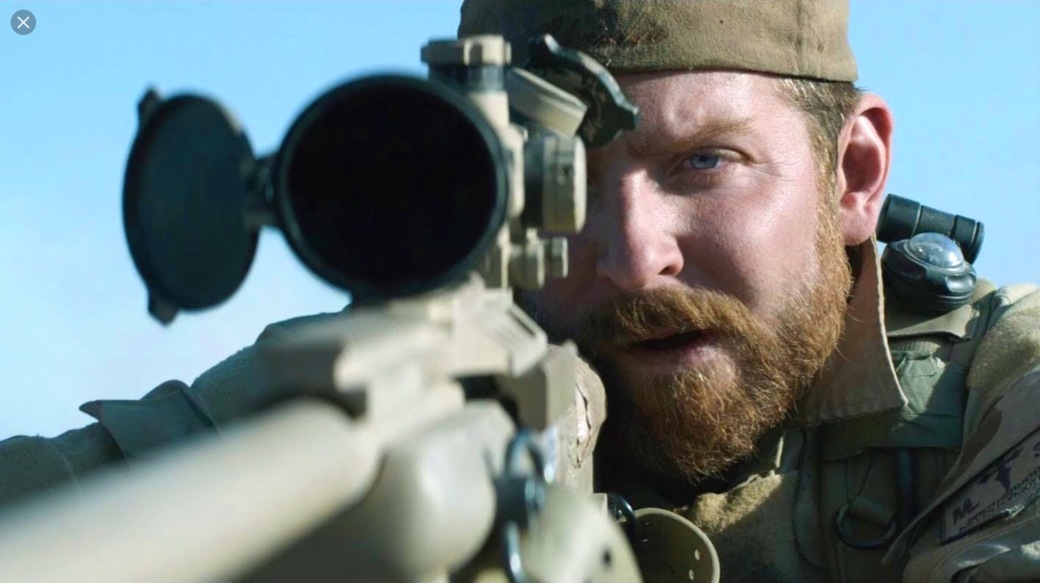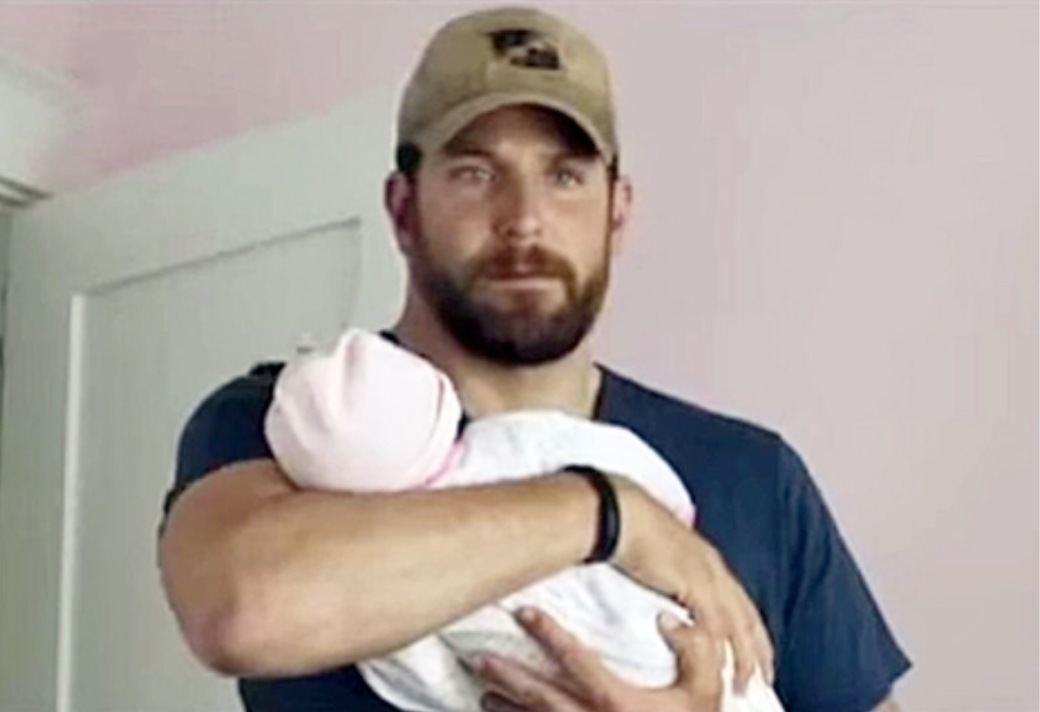CHANGE OF TITLE – My film “Not every day” has been re-titled “Remembrance Day”
This is to reflect the fact that for an ex-soldier With PTSD Remembrance Day could be every day and not just once a year.It also reflects the element of ceremony in the film,so much a part of the official Remembrance Day on the 11th of November.
PTSD AND ORIGINALITY IN FILMMAKING
We are so influenced by our surroundings,experience – real life and Media that I believe it is probably impossible to create something that is truly original.All the stories have already been told.”Books are made of books” – Cormack McCarthy,
so it would follow that films are made of films,
Even Picasso had the humility to realise that he was not creating out of nothing.
“Good artists copy,great artists steal” – Pablo Picasso.
Another spin on this might be – great artists steal from a wide number of places so that nobody notices.
So if if we can’t do stories that are “original” perhaps what we should aim for is “interesting”. Martin Scorsese commented on the importance of making whatever
It is you want to make “interesting” He emphasised how a topic is never a guarantee
People will be enticed but the way we tell it might just be.He cites the example of
Filming someone while he or she eats an apple.He says “do it but make it interesting”.
Many great films have been made by great directors that explore PTSD.These films
have found interesting ways and different slants to tell a familiar story.
THE DEER HUNTER


The Deer Hunter (1979) directed by Michael Camino and starring Robert De Niro,Christopher Walker and Meryl Streep tells the story of three young Americans from a small steel town before,during and after their service in the Vietnam war.
The film gives a harrowing depiction of the psychological effects of war and its impact on them and in turn their friends and family.
During the war sequences there is graphic violence.Women and children are
deliberately killed by soldiers,prisoners are tortured and most famously forced to play Russian Roulette for the amusement of their captors gambling on the outcome.
After the war some of the men descend into a world of violence,alcoholism and drug addiction.Destructive lifestyles for them and those around them,
In my film “Remembrance Day”the protagonist Rob tries to deal with his PTSD in a more controlled way.His drinking is ceremonial in nature and is designed to trigger and honour traumatic memories in a cathartic way,that is away from other people and does not impinge on them.
AMERICAN SNIPER


American Sniper(2014) was directed by Clint Eastwood.It is a biographical war film loosely based on the story of Chris Kyle who completed four tours of duty in Iraq and scored a record number of kills as a sniper.The film follows a familiar and unoriginal formula.It follows him through his war experience and then we watch the effects of that play out when he gets home.He has a new born baby we see him distracted and removed from his home life.
In real life another ex-Marine shot dead Chris Kyle in 2014 ,that ex- Marine had been diagnosed with PTSD.
I’VE GOT THE CHANCE TO USE A DRONE – SHOULD I USE IT ?
A work colleague has a husband who has a drone and he’s happy to collaborate with
me in my filmmaking.My initial reaction was that’s fantastic! that’s cool! I’ve got access to a drone and all the possibilities that opens up.
So sexy drone footage is it going to serve my story?
Behind the mind-boggling shots captured by BBC drones
This article from 2014 talks about the BBC establishing it’s own in house drone
Journalism team.The footage shows a news presenter talking about the future of
The HS2 rail project.As he stands in the Old Oak Common train depot and starts
To describe how the project will transform the area a drone lifts off to reveal the area
He is talking about.Adding visual interest and illustrating his story.
News organisations now routinely use drone footage to illustrate and cover news
Stories.Riots in Russia,Poland,Argentina and other places have been captured by
Drone and posted online,
As far as cinematography goes dronesshould be thought of as flying cameras.Just
Another film-making tool like a jib or a dolly,a way of moving a camera.Like those other tools they allow us to archive transitions and observe different camera angles.With this in mind I intend to use the drone for an establishing shot and then an air to ground transition.Time will tell if the drone adds anything to the story or if I used it
Just because I could.
APOCALYPSE NOW – OPENING SCENE
I love the opening from Apocalypse Now.The scene depicts the mental trauma of a soldier experiencing flashbacks after drinking, exactly the same scenario as my short film.So there was clearly inspiration to be taken from Francis Ford Coppola’s masterpiece.
- The use of close ups of the actor’s face to give intensity and emphasize that it is their inner thoughts that we are interested in.
- The use of different elements in the sound design to convey the disturbed mental state of the soldiers.
- Walter Murch the editor and sound designer on Apocalypse Now broke down the sound of a helicopter and used it over the footage of the ceiling fan.In doing this he blended the present with the past/future.
- The use of changing and vivid colours to illustrate the mental turmoil going on.
- The confines of a small room to contain and isolate the protagonist and lend a sense of claustrophobia.
- The basic composition of the shot.One half of the screen to accommodate the actors face and the other half as room for the flashback footage.
- The bands of light from the blinds on Martin Sheens face finding an echo in the bands of light that come through the log walls.
- The wall of fire as the jungle erupts in the largest practical explosion ever in film history. I used YouTube footage of some boys throwing petrol bombs ( N.Ireland’s napalm) against a Barn wall.






